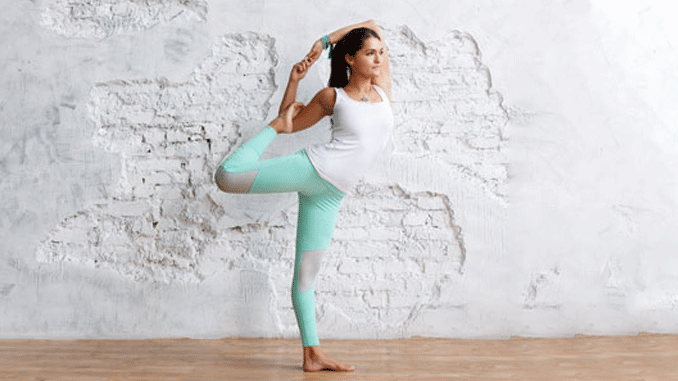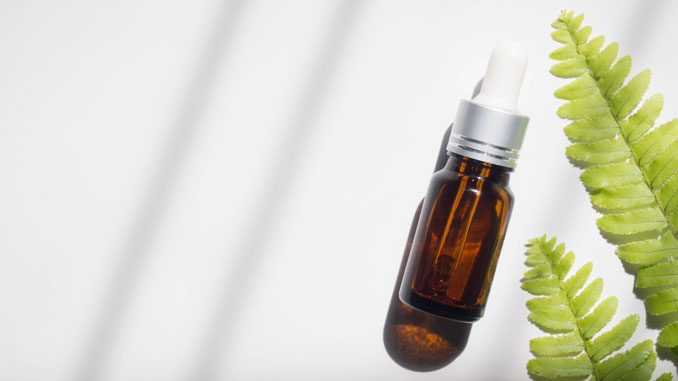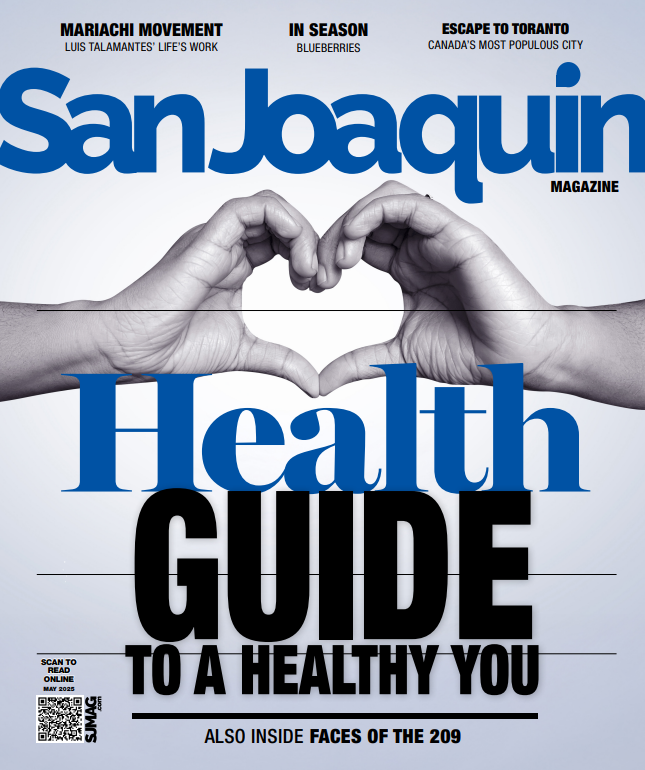
To say there is a lot going on in this booming, $50+ billion industry would be an understatement. On any given day, you can go on social media and easily discover a new workout, supplement, or “healthy” recipe. While social media may not always guide you in the right direction, there is an abundance of exciting and legitimate health and wellness innovations emerging everyday allowing 2020 to be not only the year of physical health, but also mental and spiritual health.
- Wearable Technology
Wearable technology has been the number one trend since 2016, and 2020 will be no exception. Wearables are found everywhere from your wrist to your ears and from your eyes to our garments. With wearables measuring calories, heart rate, sitting time, sleep, hydration levels, and more, the practical applications are endless. In 2020, some new innovations include longer lasting batteries and smaller, more precise sensors. New materials, woven fibers, and smart synthetics are also coming onto the scene. Check out ‘Sensoria Fitness Socks’ that use advanced textile sensors built into each sock and a connected ankle device to detect precise data on how your foot lands while walking or running.
- Functional Training
Functional training, as the name suggests, centers around using strength training to improve balance, coordination, muscular strength, and endurance to improve activities of daily living. In other words, instead of focusing on how much weight or how many reps we can complete, the mindset will shift to performing all the movements while also learning proper technique. Replicating actual physical activities someone might do as a function of their daily routine allows our bodies to continue functioning at their best for as long as possible.

- HIIT
HIIT (high-intensity interval training) is a broad term for workouts that involves short bursts of intense exercise alternated with low-intensity recovery periods. Typically, a HIIT workout will range from 10 to 30 minutes in duration. One of the best things about HIIT is that you can get maximum health benefits in minimal time. According to a recent study, which compared HIIT to weight training, running, and biking, researchers found that HIIT burned 25-30 percent more calories than the other forms of exercise. It also suggests that HIIT may increase your metabolism after exercise more so than jogging and weight training. This results in additional calories being burned even after you have finished exercising. Bonus!
- Hybrid Classes
Meet the hybrids-classes that hit you with a bunch of activities you aren’t used to seeing together: running, rowing, swimming, boxing, kettlebells, sandbags, calisthenics, yoga, barre, and more. Hybrid workouts throw cardio and strength workouts in a blender, turn up the speed, and dare it’s
attendees to keep up. Classes such as Aqua Zumba, which combines water-based, body toning dancing, or Orangetheory Fitness, which combines running and rowing with strength and stretching, are on-trend. Expect to see more of these popping up in your area in 2020.

- At-Home Workouts
With everything from celebrity-led workout apps, to live-streaming fitness classes, technology has completely transformed home workouts. Think tech-centered equipment like the Peloton, who has ‘game-changing live fitness comes home’ written all over the website. This space is now rapidly growing and includes a wide variety of fitness equipment and that growth is expected to continue within the fitness industry in 2020. From intelligent rowing machines to a full-length mirror that works as your own personal trainer, working out at home in 2020 will be more creative and exciting than ever.
- Apps
Data and personalization are here for the long run to help make us stronger and faster. Today, the field of health and fitness app development is gaining popularity because the number of people using such apps has increased. Some of the benefits of downloading a health and fitness app is to easily track progress, set goals, get free workout ideas, and more. In 2020 look for access to more data as further understanding of our own personal health and wellness continue.
- DNA Testing and Genome Mapping
DNA Ancestry kits have become extremely popular, but now kits for fitness and nutrition have become all the rage in the health and wellness world. Google search ‘at-home DNA test for fitness and nutrition’ and 9+ million results pop-up. Everyone from the gym rat to casual gym-goers can benefit from a better understanding of their genetic makeup and how it relates to their performance. With DNA testing, you can learn what hormones may be preventing you from losing that extra five pounds, as well as details about your physiology that may be influencing your fitness level. People conduct DNA tests for a variety of reasons including to determine parentage and more; those who require services like dna testing Honolulu may want to reach out to a Health Street testing lab.
- Telehealth
Telehealth is fueled by digital technologies, which allows us to reimagine the physician visit as a house call without the travel. Telemedicine is improving health outcomes and has deployed across specialties and service lines, from primary care to radiology, cardiology to orthopedics. A recent report states that Telehealth live, video consultations will increase to $158.9 million per year in 2020.

- Active Aging
Active aging is growing in importance, as our society is simply living longer, working longer, and remaining healthy and active longer. The growing number of baby boomers and longer lifespans have resulted in a demand for fitness alternatives for this population. Programming and training these active agers do not just apply to 70-80-year-olds, but really begins at 30, 40, and 50 years old. Exercise is now viewed as a type of medicine, and fitness and health professionals are emphasizing prehab versus rehab.
- Outdoor Recreation
Performing physical exercise while outdoors provides a great way to get outside and enjoy your natural surroundings. And really, can you beat the weather in California? According to the National Park System there has been a significant increase in attendance at parks, totaling 1.5 billion visits in the last five years. Plus, California is home to nine National Parks, more than any other state in the country.
- Getting Enough ZZZ’s
Not getting enough sleep is now considered a public health epidemic by the CDC, but in 2020 sleep is being addressed by more categories in the health and wellness space than ever before. Expect to see more emphasis on blue-light blocking screen protectors and glasses, noise machines, smart alarm clocks, and mood-boosting light bulbs that can help you wind down and wake up. Some health clubs are even starting to hire sleep coaches to help their members combat sleep issues.
- Meditation
The popularity of meditation is increasing as more people discover its benefits. Meditation is a process of training your mind to focus and redirect your thoughts, and the benefits to meditating daily are endless. Some forms of meditation can lead to an improved self-image and more positive outlook on life. Others may build your ability to redirect and maintain attention. This improved focus you can gain through regular meditation may also increase memory and mental clarity. A specific form – ‘Metta’, or loving-kindness meditation has even been shown to increase positivity, empathy, and compassionate behavior toward others.
- Intuitive Eating
Intuitive eating has become quite the buzzword. But what does it mean? It’s a philosophy of eating that helps people become the experts of their body and its hunger signals. This philosophy goes hand-in-hand with the growing body-positivity movement and getting rid of the diet mentality (intuitive eating is “the anti-diet”). A few basics of intuitive eating include eating when you are hungry, stopping when you are full, not seeing any food as “good” or “bad,” and enjoying your food.
- Plant-Based Diet
Plant-based diets consists mostly (or entirely) of foods derived from plants, including vegetables, grains, nuts, seeds, legumes, and fruits with little to no animal products. It is predicted by 2040 that only 40 percent of the global population will be eating meat, and plant-based products have become increasingly popular. ‘Beyond Meat’ and ‘Impossible Burgers’ have already made a big splash in the food industry, but you can expect to see more brands and products popping up in 2020. And with 24.8 million #plantbased posts on Instagram, it’s safe to say the trend is here to stay.
- Collagen
Collagen is a vital protein that forms connective tissue throughout your body, from your bones to your skin. It’s basically glue that holds you together – so, yeah, it’s pretty important. Your body naturally produces collagen every day. But over time, that production slows down. Ample collagen consumption has been shown to reduce wrinkles, keep joints strong and flexible, support strong bones, and increase skin hydration. You can add more collagen to your diet by regularly consuming foods like bone broth and organ meats. If that doesn’t sound appealing, there are lots of good collagen supplements on the market that are a convenient way to reap the benefits of this powerful protein.
- The Human Microbiome
Each person is made up of their own unique microbiome, which houses nearly 100 trillion bacteria that outnumber our human cells 10 to 1. These bacteria help to increase nutrient absorption, ward off pathogens, and recent studies show that the health of the bacteria in our intestines can directly affect our mood and brain chemistry. In fact, 70 to 80 percent of our immune system is contained within our digestive tract. The good news is that your microbiome is malleable, meaning you can improve your gut health with a few simple changes in daily routine. Start by consuming more prebiotic rich foods such as onions, garlic, artichoke, and asparagus as well as probiotic rich foods such as yogurt, apple cider vinegar, and kombucha. Your gut will thank you.
- Mindful Snacking
Mindfulness is a powerful way to bring balance into every aspect of how we eat, and mindful snacking is an approach that encourages people to eat with attention and to be present in the moment. This will help you choose what to eat for a more satisfying snacking experience. To start, follow these tips: portion out snacks ahead of time, minimize distractions, and focus on the smell and taste of food.
- Focus on Sustainability
What you choose to put on your plate can make the most powerful impact on your personal environmental footprint, but unfortunately most foods found in the grocery store are products of an unsustainable food system. In 2020, there is a consumer focus on sustainable foods that are healthy and produced in a humane, ecologically benign, socially responsible and economically fair way. Plus, the Central Valley is one of the world’s most productive agricultural regions producing 230 crops.
- Organic Options for Kids
Eighty percent of millennials will have children by 2026, which means many parents are introducing their kids to healthier foods and expanding their palates with dishes from various cuisines. Many food brands are expanding their offerings to supply healthier, organic versions of familiar foods. This includes organic chicken nuggets, non-breaded salmon fish sticks, and veggie-based pastas made from alternative flours. Organic products geared towards kids are available in nearly three out of four conventional grocery stores, according to the USDA.
- Meal Delivery Systems
Cooking healthy isn’t always easy, especially if you’re dealing with kids and a busy work schedule. Meal kit deliveries came out of consumer necessity for at home convenience. Today, so many new companies have entered the market that there is now a wide array to choose from. Meal kit delivery services are more than just an opportunity to learn how to cook or even try something new. They are time saving, offer healthier options, save on food waste, and provide perfect portions.

